To say that I began playing Trine 3: The Artifacts of Power with low expectations would be an understatement. Immediately put off by the 3D viewpoint shown off the in the initial trailers, I nevertheless bought the game soon after it launched to support the developer Frozenbyte only for it to languish in my games library for four years due to it having an OpenGL requirement not supported by my graphics drivers.
Since then the game acquired such a poor reputation that Frozenbyte went as far as to publicly apologize to quell a significant fan backlash. Its development almost bankrupted the developer, forced them to restructure their company, and make deals with outside publishers that ultimately took them out of the Linux market for good, coming close to killing Trine as franchise.
Four years on though, how does Trine 3 fare as a game? After writing my previous article discussing the Trine series I discovered that I could get the game to launch on my old hardware by instructing Mesa to override the OpenGL version to 4.1 rather than the 3.3 advertised in my driver's core profile. Once done the game ran about as well as could be expected given its system requirements, a few frame drops accepted.
While still a source of unease, getting used to the 3D perspective was less of a burden than I anticipated. There are times where it did leave me feeling a little nauseous, and it is often unclear what benefit it provides to the game other than an increase in spectacle, but it was much easier to control than I foresaw, with a few notable exceptions which I will come back to later.
At its heart the game is still very much a Trine title, with most of the puzzle and level design being derivative of what came before. If anything the game scales things back in order to accommodate the increased depth, offering fewer options for combat, character leveling, and puzzle solving than Trine 2 did. I had a harder time adjusting to all the actions that were made context sensitive than I did navigating the world.
A little consolidation is no bad thing, given how ludicrous a lot of the abilities had become by the end of Trine 2, but some things do suffer. Zoya's bow and the dexterity of her grappling hook are hampered, but she can now at least pull and grapple objects together to atone for this. Pontius is stuck with just his sword and shield throughout the entire game, while Amadeus can only summon but one single box at any one time.
One area where this more inward approach does benefit the game is with its storyline, which is much more self aware and introspective than the farcical Goblin Menace or the flowery melodrama of the main Trine 2 campaign. I for one missed the smaller scope and darker tone of the first Trine, and was impressed with how well Trine 3 managed to blend the narrative beats of both its predecessors into a fresh new take.
Such a shame then that the game ends on an unresolved cliffhanger. Trine 3 stops at what seems to be the halfway point, a product of the game's troubled development. Calling the game half finished would be doing it a disservice, as what is there is polished and complete. It just runs out before the narrative does. That Trine 3 is so short did much to fuel the consternation of fans, even if it does still just about cover its asking price.
To try and compensate Frozenbyte placed a greater emphasis on the collection aspect, sprinkling golden triangles in each of the game's main and bonus stages. These unlock new stages and achievements, but only do a little to flesh out the game. I found most of the triangles on my first attempt through each stage, with only the most obtuse or irritating forcing me to go back to hunt for them.
That the game is presented as a hub world makes it easy to hop back and forth between stages, and with each chapter of a stage being selectable from a menu also listing how many triangles remain in each, working through them all surgically is made fluid but also trivial. The only wrinkle is the unskippable narration, which becomes tedious after the third or fourth jump between chapters on a stage.
The bonus stages do add value, often offering nice little character studies into the unique abilities of each of the trio on their own, but at the cost of exposing the faults of the 3D perspective even more. "A Whisper of Evil" is nigh unbearable, with the actual combat being a joke once you realize you just need to climb on the stone head to smash the ground enemies, leaving you flailing at the floating monsters for three rounds.
Combat suffers the most, with the knight's charge attack and the wizard's new levitating stomp ability the hardest to control in 3D. It is also not uncommon to misjudge the depth of an object and fail a jump, although death holds so small a penalty it did not bother me much. In spite of my initial impression I was left overall feeling that the 3D was an interesting experiment, even if its value was questionable in practice.
After all, I did comment in my old Trine 2 review that some of the background architecture looked as though it could have been explored, only limited by the forced 2D perspective. By the time I finished playing Trine 3 the controls made sense and I was navigating the world with few issues, the much maligned camera not getting in the way as often as I had feared. The 3D does work. It just does not work better than the 2D games did.
I did encounter a few bugs, but nothing that broke the game. I experienced crashes at the end of the "Academy Outskirts" stage and during "The Chronicles of the Guardian" stage. I also had a strange glitch while moving between the "Skeleton Overseer" and "The Walls of Descent" chapters where my character would not stop sliding. Enemy corpses would also sometimes clip into things, something I have seen in other Trine games.
In the end I did enjoy my time with Trine 3, even with all of its faults. It is always going to be the black sheep of the Trine family, and likely the end of the road for us Linux users. It could have been so much more, and a sense of missed opportunity is always going to pervade while playing it. Enough of that opportunity is explored that I can still give it a guarded recommendation, at least when played alongside the rest of the series.
Those wanting to try Trine 3: The Artifacts of Power can find the game on GOG.com, Humble Store, or Steam.
It is also bundled as part of Trine: Ultimate Collection on GOG.com or Steam alongside Trine: Enhanchted Edtion, Trine 2: Complete Story, and Trine 4: The Nightmare Prince which does not support Linux.
Thankfully the native version works fine now in Intel HD so those dark days are gone.
Last edited by Avehicle7887 on 26 Nov 2019 at 7:16 pm UTC
The biggest disappointment for me was how awful co-op play was in this third instalment. I played the - then - trilogy with my kids and in the first 2 we could pick our characters and come up with inventive ways to get everyone through each scene. In the third, we spent far too much time being rotated out of the screen or all having to play as the same character and following in each others' footsteps. Fatally, without cooperation and invention it is boring. Maybe it is better as a single-player campaign?Yeah, I have hardly ever played these games cooperatively, so this review concentrates solely on the single player. Given that the multiplayer was a huge draw for a lot of people I can see why that would be disappointing.
https://store.steampowered.com/bundle/721/Trinelogy/
Some day I might pick up number 4. Too bad it won't be native on Linux.
Trine 3 with Mesa brings back dark memories. The OpenGL core profile wasn't the only issue it had, the game also required the fp64 feature (Floating Point 64) which at the time Intel HD didn't have in Mesa (AMD was ok'ish). Ironically running the game in Wine on the same system worked perfectly (performance aside).
Thankfully the native version works fine now in Intel HD so those dark days are gone.
Are you sure that fp64 is mandatory for this game? The reason why Hamish GPU doesn't report a core profile up to OGL 4.5 is due to the lack of fp64. But as he mentioned, overriding the version did the trick.
The biggest disappointment for me was how awful co-op play was in this third instalment. I played the - then - trilogy with my kids and in the first 2 we could pick our characters and come up with inventive ways to get everyone through each scene. In the third, we spent far too much time being rotated out of the screen or all having to play as the same character and following in each others' footsteps. Fatally, without cooperation and invention it is boring. Maybe it is better as a single-player campaign?
Much the same experience here. Played the first two games with a friend, and we had a lot of fun coming up with ways to get over long stretches of lava and whatnot. But in Trine 3 it was more like two people on the same screen in a single player game. With the added grievance (for me) that I kept falling down due to the awkward 3D perspective, while my friend didn't do that quite so much. So that meant I was left staring at the screen until he died or completed a mission (iirc, it's been a few years).
I much preferred the first two games, with probably Trine being the favourite. We never did complete Trine 3 in fairness, it simply wasn't all that much fun, but it doesn't sound like things would have changed much from wherever we were at the time and until the end.
Cross-play worked well, tho, with me on GOG Linux and he on Windows Steam, so that was positive.
Trine and Trine 2 are excellent games, however, and well worth playing.
Trine 3 with Mesa brings back dark memories. The OpenGL core profile wasn't the only issue it had, the game also required the fp64 feature (Floating Point 64) which at the time Intel HD didn't have in Mesa (AMD was ok'ish). Ironically running the game in Wine on the same system worked perfectly (performance aside).
Thankfully the native version works fine now in Intel HD so those dark days are gone.
Are you sure that fp64 is mandatory for this game? The reason why Hamish GPU doesn't report a core profile up to OGL 4.5 is due to the lack of fp64. But as he mentioned, overriding the version did the trick.
Probably at the time I misread it but the game had a troublesome past with Intel gpu's back then, In a slight regards to FP64 on older AMD gpu's I dug up a 2018 article from Phoronix: https://www.phoronix.com/scan.php?page=news_item&px=Mesa-Soft-FP64-Angling-Upstream
Anyhow I'll try to not derail the thread :)
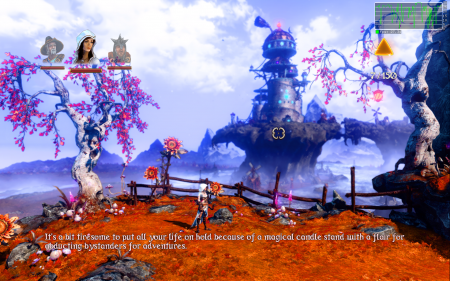
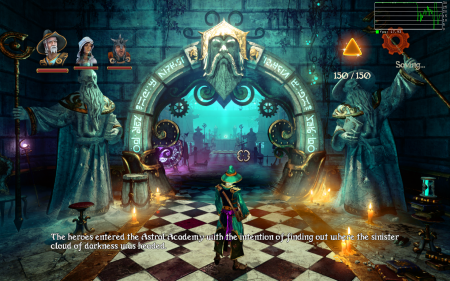
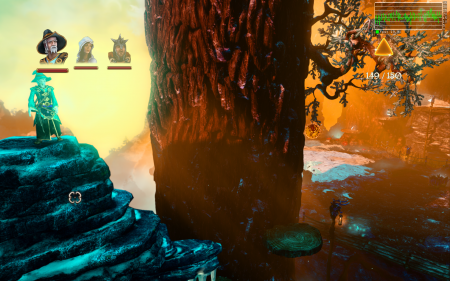
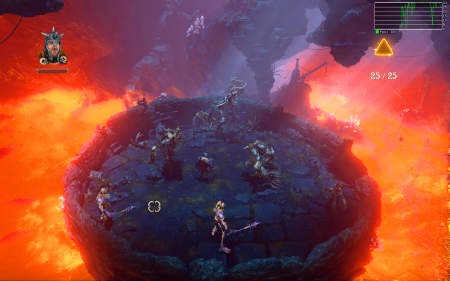
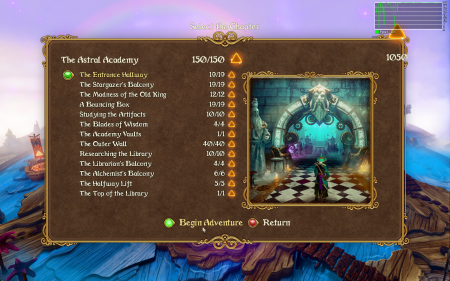
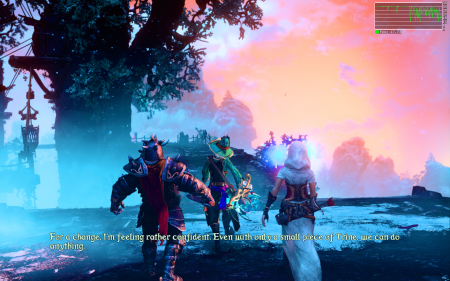
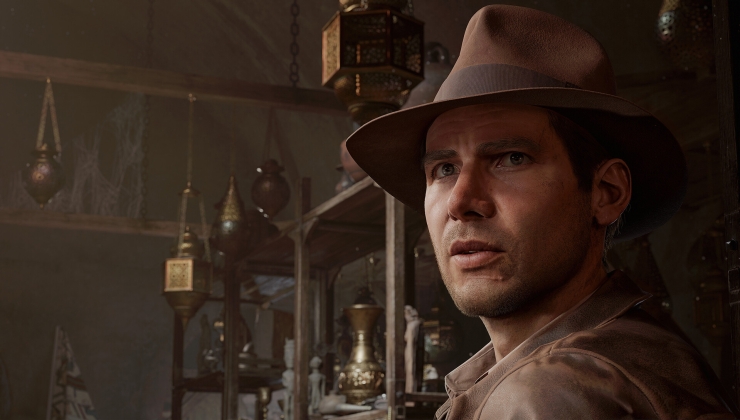
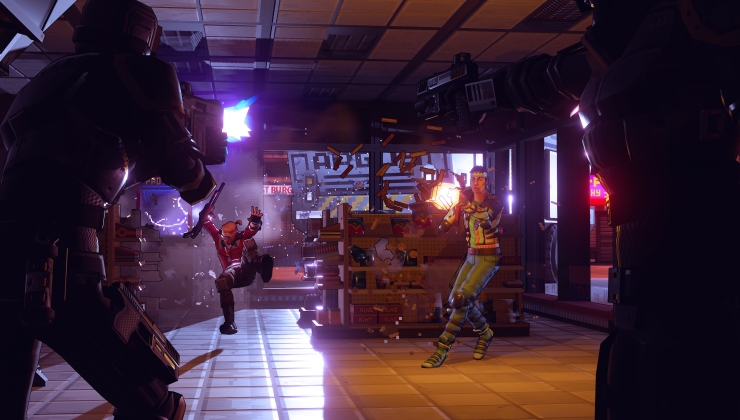
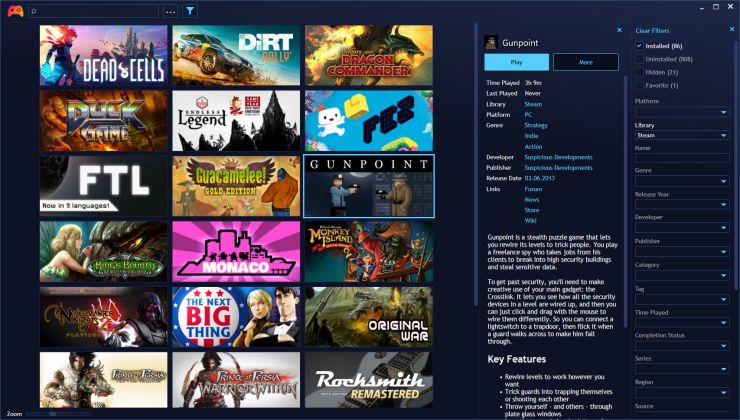
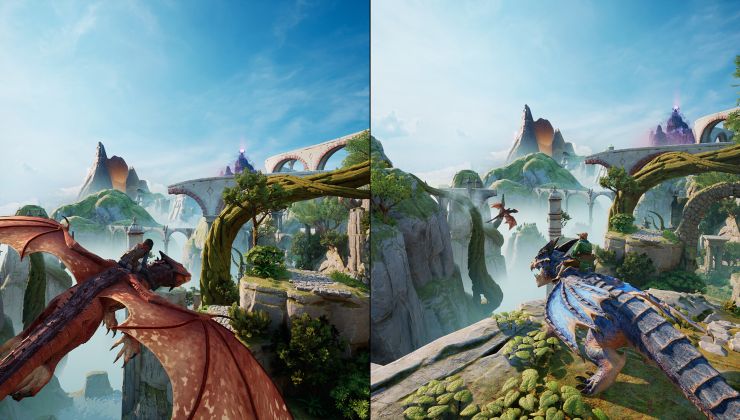





 How to set, change and reset your SteamOS / Steam Deck desktop sudo password
How to set, change and reset your SteamOS / Steam Deck desktop sudo password How to set up Decky Loader on Steam Deck / SteamOS for easy plugins
How to set up Decky Loader on Steam Deck / SteamOS for easy plugins
See more from me